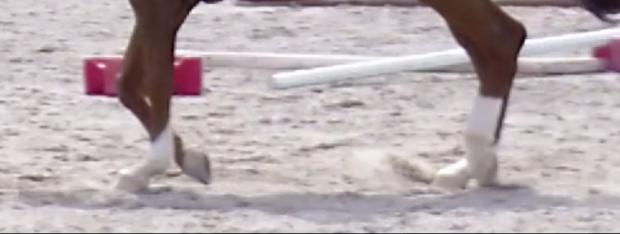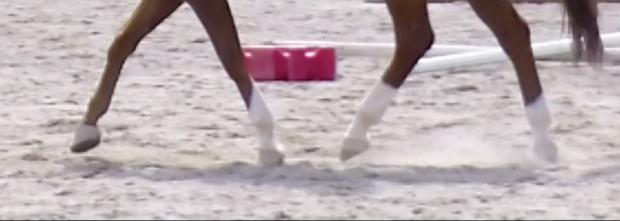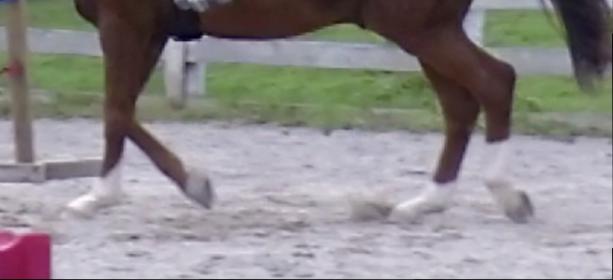I recorded my ride in slow motion today because something just has not felt 100% with my horse lately. It is very very subtle that people on the ground don’t notice it but I can feel something different while riding.
I’m not brave enough to post my ride today for the world to see, so I took screenshots of one trot stride. It is in between the 2nd and 3rd photo of when he drags his toe. The last photo shows when he drags his toe.
My horse isn’t dragging his toe completely in the stride but looks as though it is in the middle of the stride. If I didn’t watch this in slow motion, I wouldn’t have been able to easily notice this. When photos are taken, I only see the “pretty” phase of the trot, which shows him lifting his leg/hoof. He tracks up in the trot and over tracks in the walk. Overall, he is a very nice moving horse.
I did have an issue with him going forward from what felt like a lack of energy. He is older, so many potential causes for the lack of energy, still working through some changes. Of course, could be joint issues due to his age as well. He does with both legs in both directions.
Has anyone seen this before? Any ideas on the cause?
It is the weekend so won’t hear from the vet until next week. Planning on talking to farrier next week as well. Scheduling a chiro visit too.









